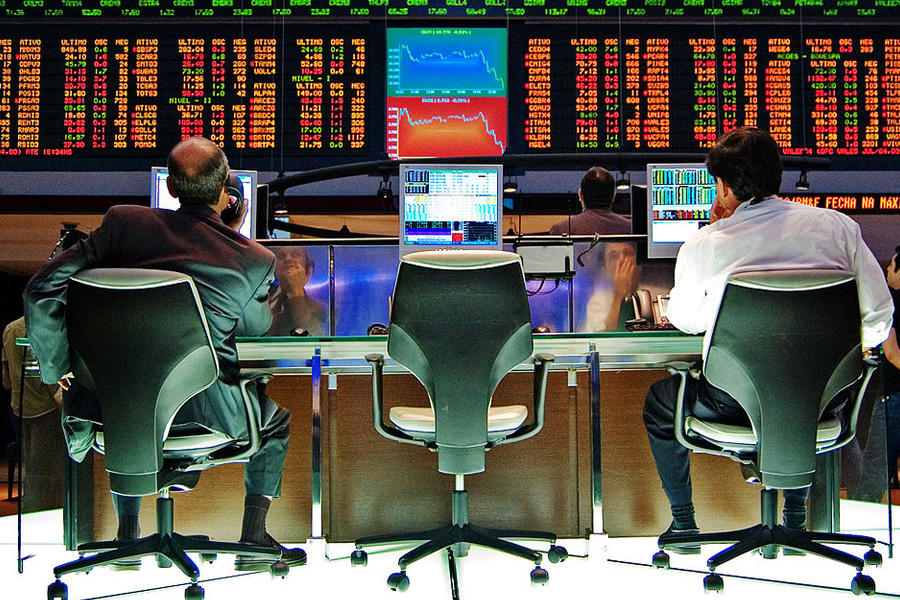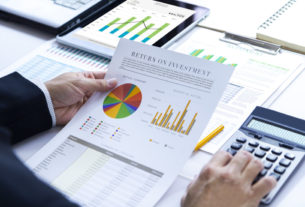The world of commodities doesn’t just move in daily, weekly, or monthly rhythms. Sometimes, it surges in massive waves known as supercycles—extended periods, often lasting a decade or more, during which prices rise well above their historical averages. These phases are driven by sweeping shifts in global demand and prolonged constraints in supply.
For Singaporean traders, this isn’t just a global trend to observe from afar. As a pivotal node in Asia’s financial and trading network, Singapore stands at the crossroads of commodity flows, regional growth, and international finance. As whispers of a new commodity supercycle grow louder, understanding the dynamics behind this potential surge is essential for making informed and timely decisions.
Asia’s Expanding Footprint in Commodity Demand
Asia plays a dominant role in global commodity consumption, led by economic giants like China and India. China remains the largest buyer of raw materials globally, from crude oil and copper to rare earths and iron ore. Although its growth rate is moderating, the country’s shift toward electric vehicles, renewable energy, and advanced manufacturing is generating fresh demand for minerals like lithium, cobalt, and nickel.
India, meanwhile, is accelerating infrastructure development and industrialisation. Roads, bridges, ports, and housing are being built at scale, requiring steel, cement, and fuel. Southeast Asian economies are following suit. Nations like Vietnam, the Philippines, and Indonesia are seeing rising urbanisation, growing middle classes, and increasing industrial activity—all of which consume commodities in vast quantities.
Singapore, as a strategic hub in the region, is more than just an observer. It’s a gateway for global commodity trading, housing major trading firms and supporting markets like oil, liquefied natural gas (LNG), and palm oil. Singaporean traders have a front-row seat to regional trends, making it vital to monitor commodity-related developments both within and beyond national borders.
Commodities Set to Shine in the Next Bull Run
While the term “commodity supercycle” encompasses a broad range of goods, certain segments are poised to play leading roles in the next potential surge. Energy remains central. Despite a growing focus on renewables, fossil fuels continue to underpin the global energy supply. Crude oil demand in Asia remains resilient, especially in transportation and petrochemicals. At the same time, LNG is gaining traction as a cleaner transitional fuel, with countries like Japan, South Korea, and China ramping up imports.
Industrial metals are another area to watch closely. Copper is indispensable in electrification, power grids, and electric vehicles. Lithium and nickel, essential components of battery production, are witnessing tight supply conditions even as demand accelerates. With Indonesia holding a dominant position in global nickel production, developments in the region directly influence pricing.
Precious metals like gold and silver may also gain favour as inflation fears linger and geopolitical risks persist. Historically, these assets have offered a safe haven during periods of uncertainty, and the current environment is no exception.
Agricultural commodities shouldn’t be overlooked either. The region’s growing population and changing dietary preferences are reshaping food demand, while climate change continues to affect crop yields. Products like palm oil, rice, and soybeans are central to this evolving landscape.
Interpreting Macro Trends and Market Signals
Understanding commodity supercycles requires looking beyond individual markets and tracking broader macroeconomic trends. Economic growth in Asia—particularly in China and India—remains a primary driver of demand. If these economies continue expanding at even modest rates, commodity consumption is likely to rise in tandem.
Inflation also plays a critical role. During inflationary periods, commodities typically serve as a hedge, helping investors preserve purchasing power. As central banks in Asia and the West navigate interest rate changes, liquidity shifts can directly influence commodity markets.
Geopolitical developments are equally important. Conflicts in the Middle East, tensions between the US and China, and new resource nationalism policies (such as export restrictions in Indonesia or Chile) can abruptly disrupt supply chains, creating price volatility and opportunities for traders who are well-positioned.
Trading Opportunities for Singaporean Investors
Singaporean traders have multiple avenues for tapping into commodity supercycle themes. Traditional futures and options markets offer direct exposure to price movements in oil, metals, and agricultural goods. These instruments are available on exchanges such as the SGX, CME, and ICE.
For those seeking simpler or more diversified exposure, exchange-traded funds (ETFs) and commodity exchange-traded certificates (ETCs) track the performance of specific commodities or baskets. Meanwhile, equity investors may consider shares in companies involved in mining, energy production, or agricultural processing, which often benefit from rising commodity prices.
An increasingly popular approach is thematic investing. This could involve focusing on green energy metals, battery technology, or water and food security. These themes align with long-term global trends and often have strong ties to Asia’s economic development path.
Risk management remains critical. Commodity prices can be volatile, influenced by unexpected weather events, regulatory changes, or shifts in global trade. Traders should consider using stop-loss orders, diversifying across asset classes, and carefully monitoring position sizes based on volatility and market conditions.
Singapore’s Advantage: Stability, Access, and Tools
Singapore offers an ideal environment for commodity trading. The Monetary Authority of Singapore (MAS) provides robust regulatory oversight, ensuring a high standard of transparency and investor protection. In addition, the country’s tax-friendly policies, such as the absence of capital gains tax, make it attractive for active traders.
Access to global markets is seamless through advanced trading platforms. For example, Saxo Singapore gives investors the ability to trade a wide array of commodity-linked instruments, including futures, CFDs, ETFs, and more. The availability of research, technical tools, and risk controls further enhances the trading experience.
Conclusion
The next commodity supercycle may already be unfolding, driven by Asia’s growth, the global energy transition, and evolving geopolitical landscapes. For traders in Singapore, this is more than just market theory—it’s a practical opportunity. By understanding the forces shaping this cycle, monitoring macro indicators, and leveraging platforms, investors can position themselves to thrive in the years ahead.





